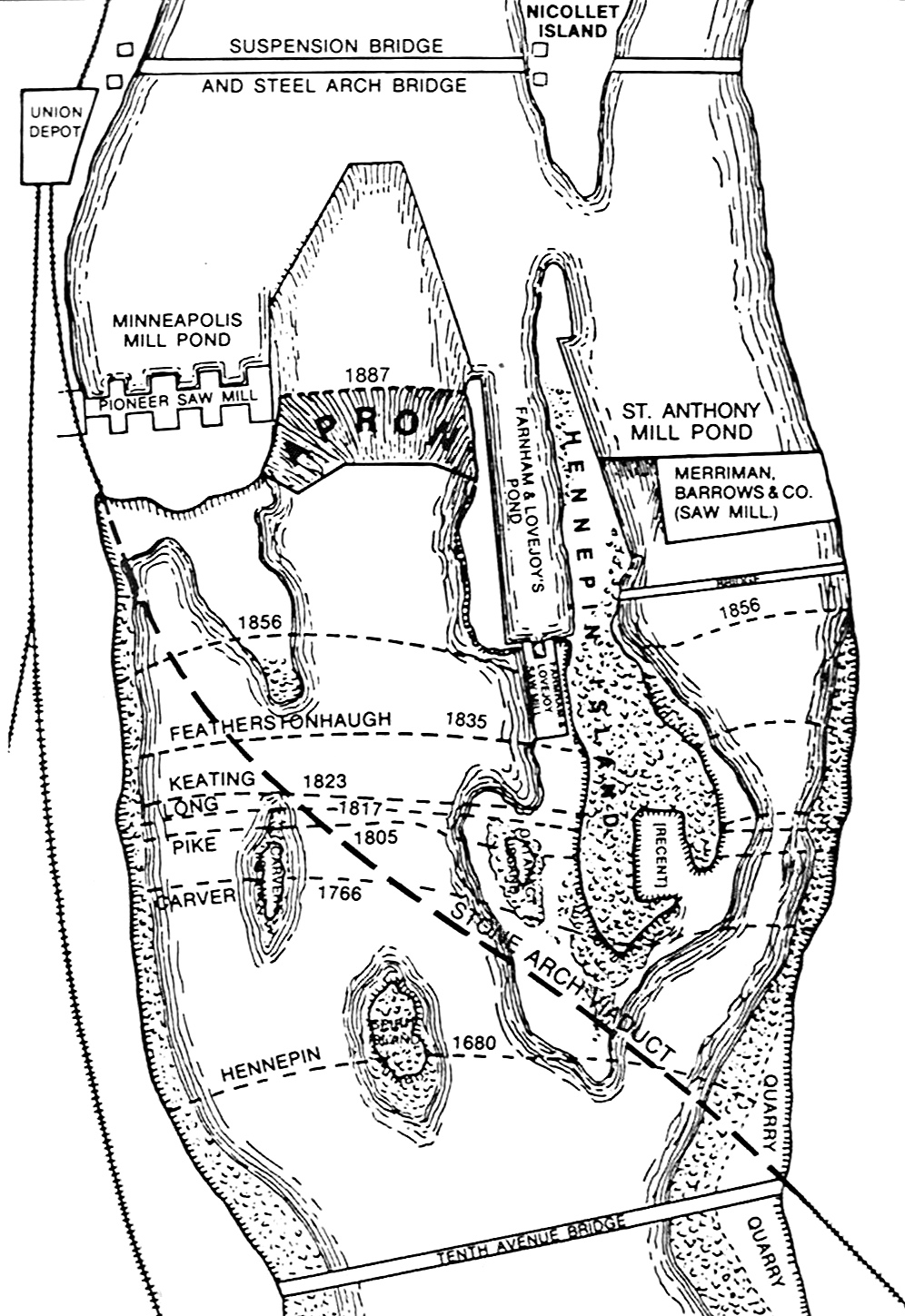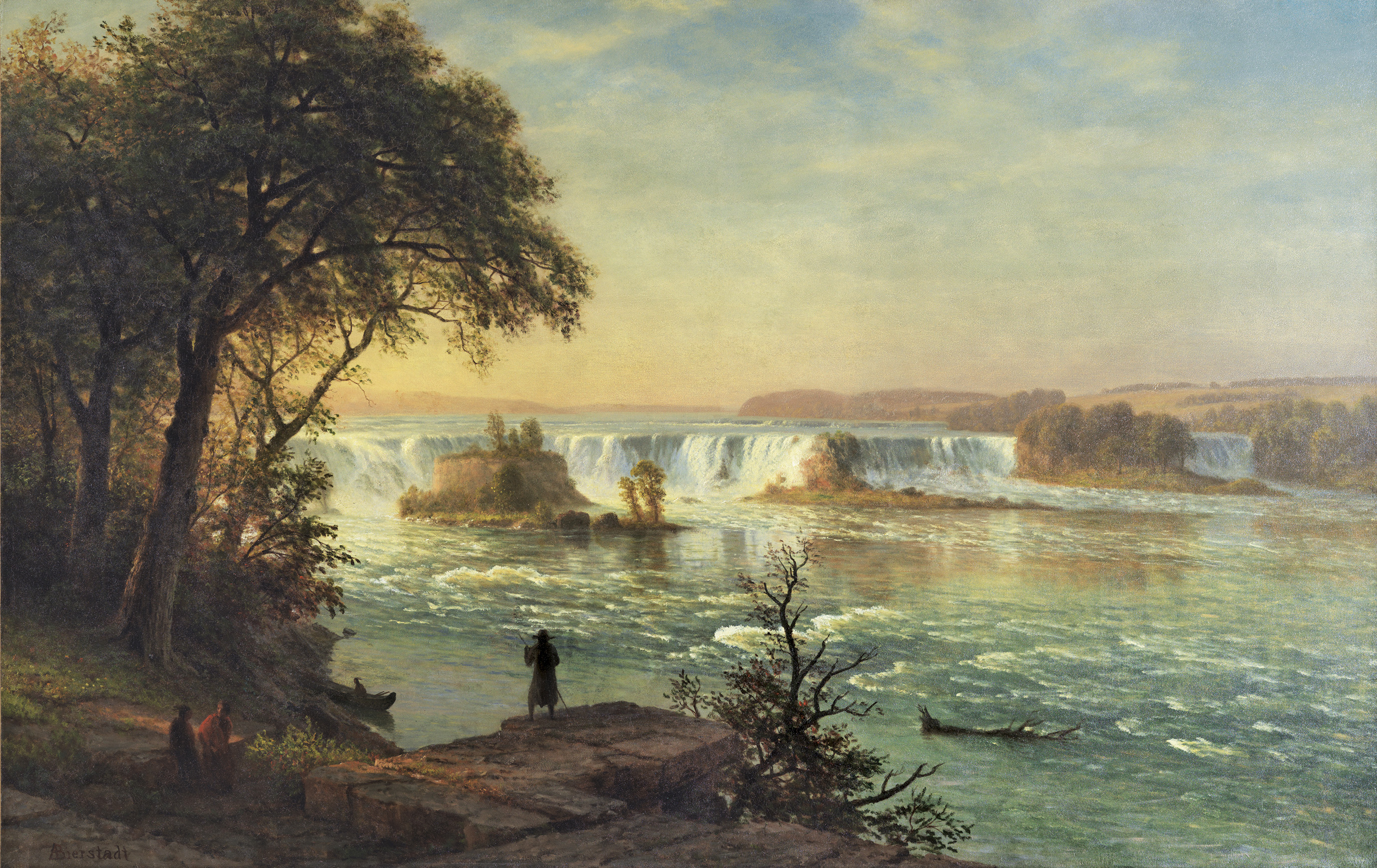The end of the academic year is a time of transitions. But this year, with cautious optimism that the US is emerging from more than a year defined by the pandemic, the sense of transition is profound. To some, this time presents a singular opportunity to reimagine our lives and replace tired routines from pre-pandemic life with something better. As I look forward to fall, a new question looms on the horizon: Which routines will I bring back to the classroom, and which ones will I leave behind?
I taught one class in person before the pandemic when I started as a professor at the University of Virginia in 2019. Pulling out a blank sheet of paper to compose lecture notes each morning, my mental state was best described as how can I possibly fill the 5 hours of class every week for 15 weeks? Needless to say, the task was daunting and exhausting.
I taught my next three classes in our alternate reality online. But surprisingly, my former teaching anxiety sublimated into a sense of opportunity. I know, I know; it sounds like I’ve been locked in my house a bit too long. The agony of Zoom is well documented. But this agony, the mental and emotional cost of time spent online, was a blessing in disguise. Zoom fatigue laid bare that it’s not the time spent in class that matters, it’s how we use it. Without purpose, inspiration and fun, the time spent in any class can feel like a form of imprisonment, regardless of the format.
Zoom made me feel the pain of meetings without meaning. Thankfully, my colleague Lauren Simkins nudged me toward a more purposeful path. Her advice: less is more. For example, keep lectures under 30 minutes, no matter what.
This simple advice reframed my subconscious approach to teaching from filling space to centering meaning. By letting go of the need to fill the class time and instead forcing myself to make intentional choices about what to cover, I almost immediately found myself crafting more focused lectures. As these focused lectures took shape, I began to see a story arc emerge for the semester. For my intro geology class, what might have been a months-long slog through mineral names and stratigraphic principles was overtaken by the story of the Earth. From one small change, I started to see the forest for the trees.


In teaching online, I also realized that the medium is the message. By considering the cost of Zoom time, I worked to minimize it as much as possible. I recorded the lectures so that any class meetings in real-time were for the explicit purpose of interacting: me with students and students with each other. I required office hours, meeting in small groups with all 110 students in my 3 classes. Full-class meetings centered on active learning in group activities, like using geoscience to understand the earthquake risk to a nuclear power plant near Charlottesville. The need for contact and ease of virtual connections inspired me to arrange class visits from colleagues near and far, from planetary astronomers Ilse Cleeves and Ann Verbiscer here at UVA to paleoclimate scientist Schmitty Thompson and planetary imagineer Mike Wong across the continent.
Whittling down the content to essentials also opened up room for fun. I used a movie crawl to introduce my planetary science class…
…and a trombone solo to end it.
The students improvised on this looser vibe in hilariously insightful ways. Wrote one student on the final exam: “Geology is not simply about sorting rocks, breaking geodes, and eating dirt.”
Of course, for many people the last year of learning did feel like eating dirt. I’m looking forward to innumerable things with the return to in-person life: leading students out to Virginia landscapes, sharing the beauty of a printed map, getting chalk dust all over my pants. But I hope to hold onto the things that shined a light for me through this dark year. In a time when our world has lost so much, I hope we gained the perspective to make the most of our opportunities to cultivate curiosity, while there’s still time.



















